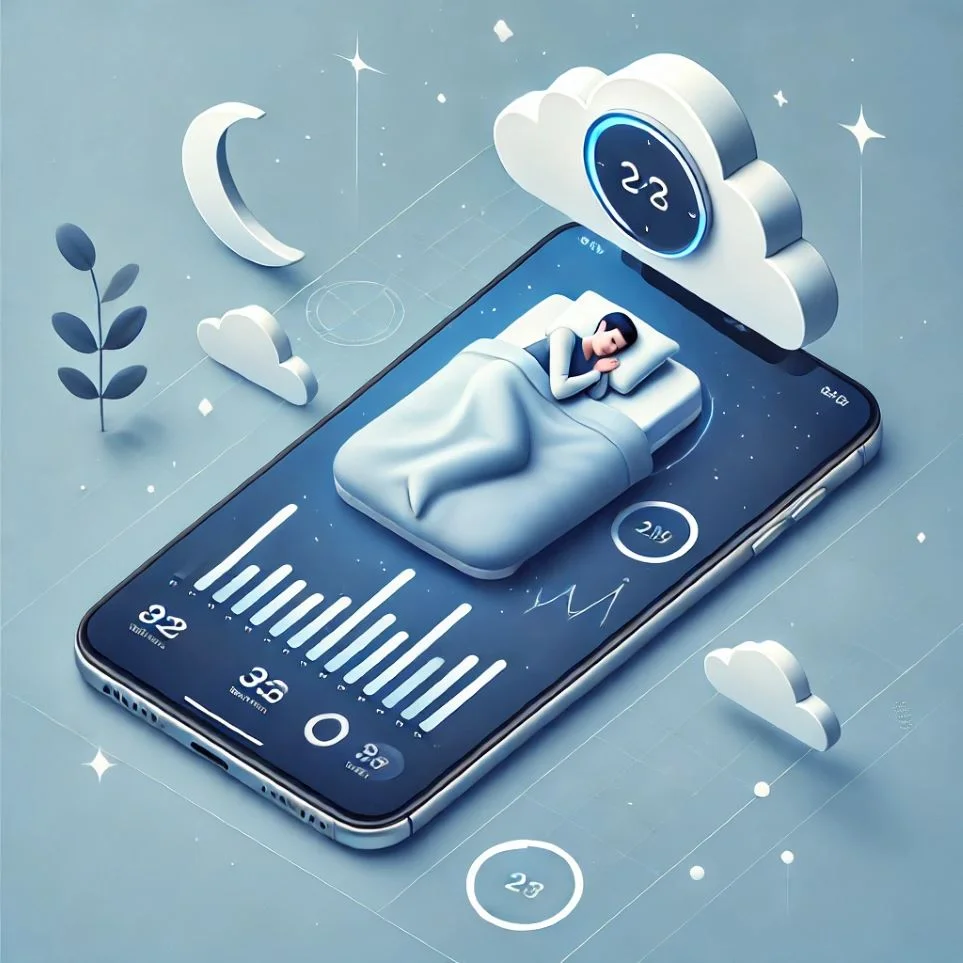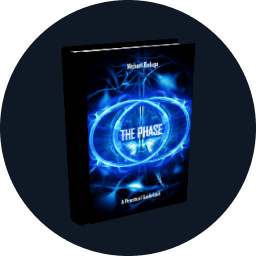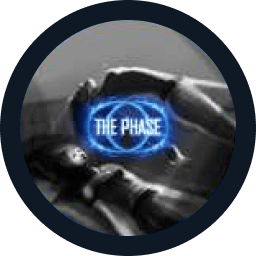Sleep quality directly affects all bodily functions and energy levels. Therefore, monitoring your nightly activities is essential for anyone aiming to improve their sleep.
Sleep involves REM and non-REM phases. Understanding if the body completes all stages is vital. This is where a sleep tracker app, which can easily be installed on your smartphone, comes into play. This gadget monitors physiological processes occurring at night and creates personalized reports. Let’s explore how these smart devices operate and how to effectively use sleep-tracking data.
Principles Behind Sleep Tracker Apps
Most apps to track sleep function similarly. You wear a special bracelet-like device that collects data and sends it to your smartphone after you download a free sleep tracker app.
The app tracks REM and non-REM sleep phases by gathering data through different methods, using sensors including sound recorders, heart rate monitors, and accelerometers.
Sound Recorder. Sound patterns can vary during sleep intervals. For example, REM sleep phases are marked by increased sound production, possibly including snoring or talking. However, sleep states can’t be fully determined based on sound alone. It’s crucial to monitor heart rate and body movements.
Heart Rate Monitor. The device’s underside has an optical sensor that measures the skin’s light absorption to determine heart rhythm frequency. An elevated pulse indicates the shift from deep sleep to rapid sleep, alerting the app that tracks sleep cycle.
Accelerometer. Captures even minor movements, which occur relatively infrequently during deep sleep.
A sleep tracker’s main task is to identify the REM sleep phase. Based on the data it collects, it triggers an alarm during the optimal awakening period — the REM phase. At this time, the body is naturally ready to wake, ensuring you feel refreshed and energized.
The tracker waits for five full sleep cycles before activating the alarm when your heart rate and movements increase. Users can also set a desired wake-up time range, allowing the tracker to determine the most optimal moment. This differentiates sleep tracker alarms from conventional ones that abruptly disrupt your sleep.
Some trackers also monitor environmental conditions, such as room temperature and carbon dioxide levels.
Typical Sleep Tracker Devices
Numerous sleep tracking apps exist, and they all have similar components:
- Wrist bracelet device
- A free sleep tracker app, downloadable for Android or Apple smartphones
Despite variations in additional functions, their fundamental design is consistent.
LucidMe App – Advanced Sleep Monitoring
LucidMe stands out among other sleep tracker apps due to its advanced capabilities. It is a free sleep tracker app offering standard tracking features: monitoring light, deep, and REM sleep; movements; and alarm settings. It also generates statistical reports for one night or a specified period.
The key advantage of LucidMe is its integration with the LucidMe lucid dreaming mask. This pioneering mask thoroughly analyzes various methods for entering lucid phases. It detects rapid eye movements, activity indicators, and bodily changes, with sensors optimally positioned for accuracy. It also supports all methods of phase entry: direct, indirect, and dream-consciousness.
Advantages of the LucidMe mask compared to other masks include:
- No resistance
- Breathing-based control
- Smartphone-configurable
The LucidMe sleep tracker app can be downloaded for free via AppStore orGoogle Play.
LucidMe looks like a regular sleep mask but includes specialized electronics with sensors. It is comfortable and beneficial for sleep.
Its standout feature is its ability to accurately identify the rapid eye movement (REM) stage without specific motion sensors. The intelligent system evaluates seven REM indicators, achieving up to 99% accuracy.
The LucidMe mask is ideal for individuals who:
- Rarely wake or fail to enter the indirect method’s phases—the app will remind you of the necessary techniques.
- Fall asleep during direct phase entry—the mask ensures you will wake multiple times to maintain consciousness.
- Experience resistance to other lucid dreaming masks—LucidMe consistently maintains alertness signals.
LucidMe helps users overcome physiological sleep barriers that are otherwise insurmountable.
However, factors such as restless sleep, frequent awakenings, snoring, bedroom noises, or microphone displacement can influence the mask’s accuracy.
For a thorough analysis and phase identification, simply wear the mask before going to sleep. During indirect entry, the device gently signals awakenings through soft lights, sounds, or vibrations. After you are woken, it will remind you to practice entry techniques. Signals can even be integrated into your dreams, prompting lucidity. All mask settings can be adjusted at any time.
Beginners should initially limit mask usage to 2–3 nights a week, preferably after 4–5 hours of sleep, focusing on entering the desired phase.
LucidMe’s comprehensive system makes it the most advanced tracker available. Even the best-equipped trackers can’t match LucidMe’s sleep quality control and accurate phase analysis capabilities.
Lucid Dreaming – Books by Authors-Practitioners








